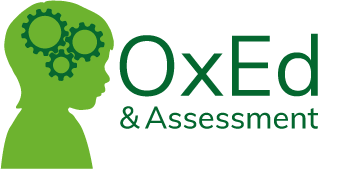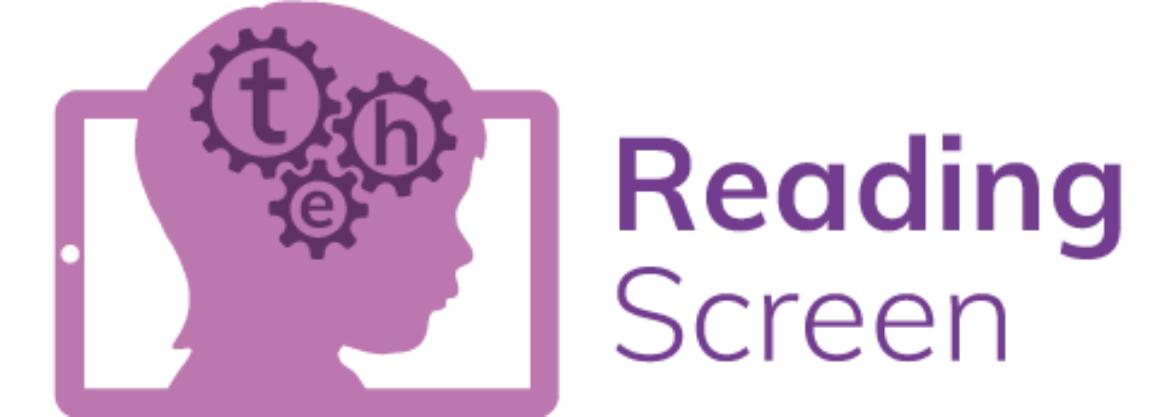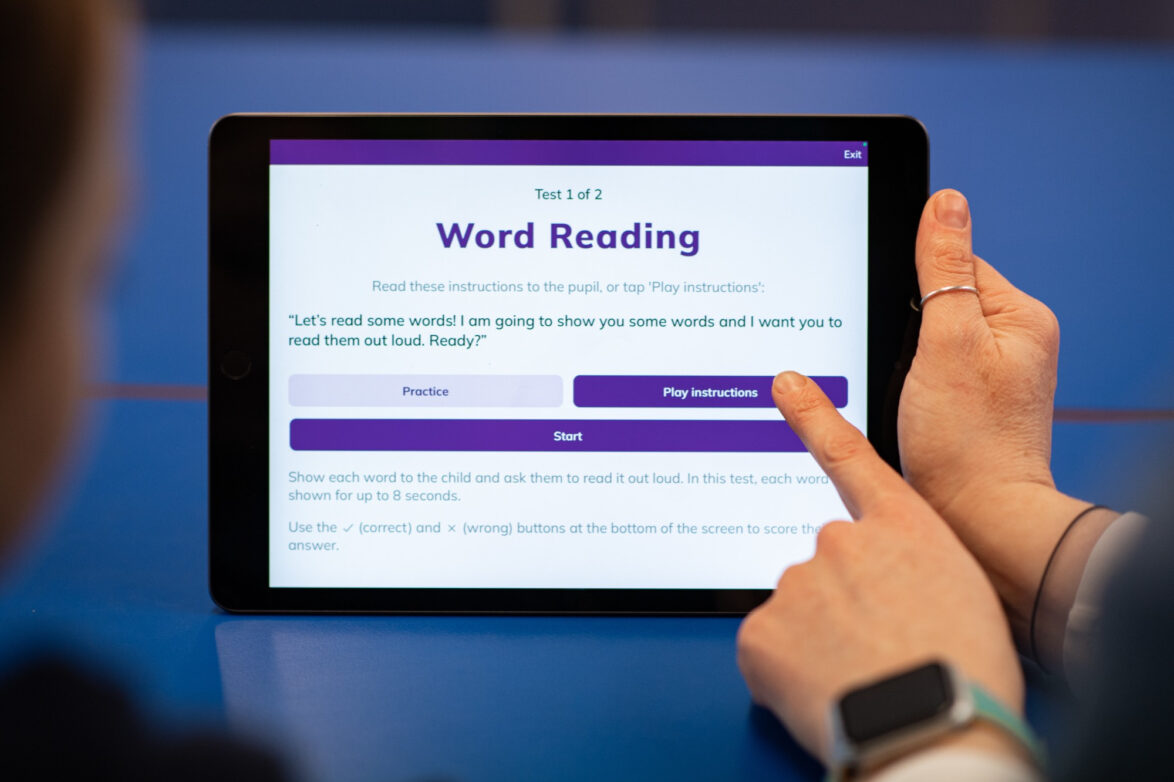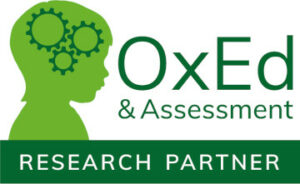Welcome to OxEd and Assessment
Please select the appropriate site below to access the content relevant to you
Continue to the Australia and New Zealand site



ReadingScreen is a quick and accurate digital assessment of word and nonword reading. It can be administered by teachers, teacher aides or any adult. It is quick to use, taking between 2-10 minutes per child and will identify children requiring extra support to develop decoding skills.
When a child is assessed with both LanguageScreen and ReadingScreen the results are automatically plotted on a graph representing the Simple View of Reading to identify the nature and extent of any possible language or reading difficulties.

The Simple View of Reading is a well-established model to help educators determine the best way to support a child who is struggling to read.
When students are assessed with both LanguageScreen and ReadingScreen you get an instant view of their scores on a graph representing the Simple View of Reading. This clearly highlights whether students have problems with decoding, comprehension or both so you can easily see what kind of additional support the children in your class may need.
A ReadingScreen assessment takes place using a tablet or phone and is administered by an adult. It consists of two easy-to-administer tests. Children are presented with one word or nonword at a time, which they are asked to read aloud. The adult discreetly marks their response correct or incorrect using the controls at the bottom of the screen.
Download a sample assessment report, with:
Also assess with LanguageScreen to access Simple View of Reading reports.

 Become an OxEd Research Partner and get exclusive early access to MathsScreen.
Become an OxEd Research Partner and get exclusive early access to MathsScreen.Welcome to OxEd and Assessment
Please select the appropriate site below to access the content relevant to you
Continue to the Australia and New Zealand site